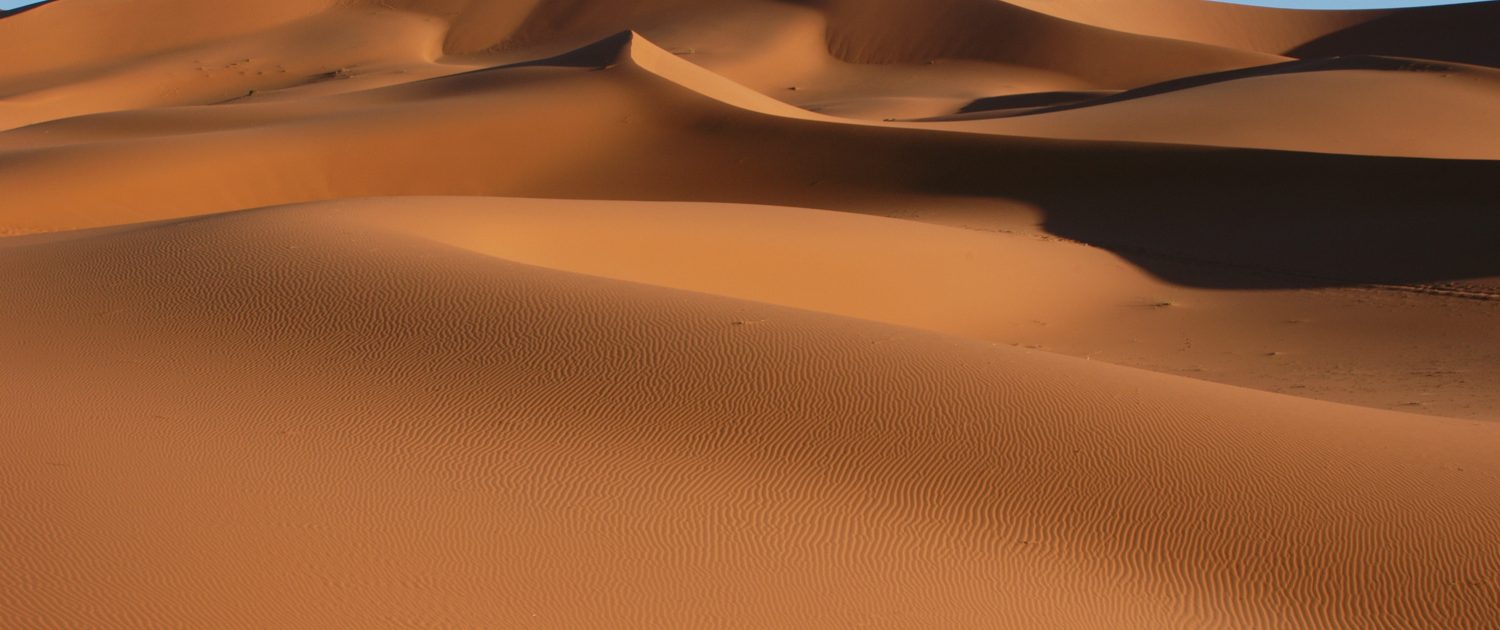Biodiversity in hot deserts
Despite their seemingly inhospitable conditions, deserts are home to a surprising array of plant and animal life, including species adapted to survive in extreme heat and aridity.
The extreme climate supports a lower biomass than some other biomes, such as the tropical rainforest. This is due to the high temperatures, low rainfall and a lack of available water. However, biodiversity increases close to desert water sources such as seasonal rivers and lakes and near an oasis.
Hot deserts are home to a wide range of species. For example, the Sahara is home to 500 species of plants, 70 species of mammals, 300 species of birds, 100 species of reptiles and many species of spiders and scorpions.
The dry conditions are suitable for xerophytes, plants that can survive through adaptations such as thick, waxy cuticles and the loss of leaves to reduce water loss through transpiration.
Some plants have the bulk of their biomass below the surface of the Earth, where temperatures are cooler.
Some areas of desert bloom following short periods of rainfall. Plants with a short life cycle and dormant seeds respond well to these conditions.
Deserts are very fragile ecosystems. A small change in biotic or abiotic conditions can significantly impact the ecosystem. Human activity is the greatest threat to biodiversity in hot deserts.
What are the threats to biodiversity in hot deserts?
There are considerable threats to biodiversity in hot deserts, including:
- climate change – changing rainfall patterns and increased frequency and intensity of droughts threaten the delicate ecological balance as water becomes more scarce.
- wildfires – slow-growing shrubs and trees will be replaced with faster-growing grasses, altering the ecosystem.
- overgrazing, over-cultivation and logging for firewood destroy vegetation, exposing the soil to erosion by rain and wind, leading to desertification, especially on desert fringes.
- desert tourism – off-road vehicles damage vegetation and disturb wildlife.
Related Topics
Use the images below to explore related GeoTopics.


